The Airfield Fencing Market is currently characterized by a competitive landscape that is both dynamic and multifaceted. Key growth drivers include heightened security concerns, increased air traffic, and regulatory mandates for enhanced safety measures at airports. Major players such as Graham (GB), Bekaert (BE), and Betafence (BE) are strategically positioned to leverage these trends. Graham (GB) focuses on innovation in fencing technology, particularly in developing smart fencing solutions that integrate surveillance capabilities. Bekaert (BE) emphasizes regional expansion, particularly in emerging markets, to capitalize on the growing demand for secure airfield perimeters. Betafence (BE) is actively pursuing partnerships with local governments to enhance its market presence, thereby shaping a competitive environment that is increasingly collaborative and innovation-driven.
In terms of business tactics, companies are localizing manufacturing to reduce costs and optimize supply chains, which is particularly crucial in the context of fluctuating global trade dynamics. The market structure appears moderately fragmented, with a mix of established players and new entrants vying for market share. The collective influence of these key players is significant, as they not only set industry standards but also drive technological advancements that redefine fencing solutions.
In August 2025, Graham (GB) announced the launch of a new line of smart fencing solutions designed to enhance airport security through integrated surveillance technology. This strategic move is likely to position Graham as a leader in the niche of technologically advanced fencing, appealing to airports seeking to bolster their security measures without compromising aesthetic values. The introduction of such innovative products may also catalyze further advancements in the industry, prompting competitors to enhance their offerings.
In September 2025, Bekaert (BE) revealed its plans to establish a new manufacturing facility in Southeast Asia, aimed at meeting the rising demand for airfield fencing solutions in the region. This expansion is indicative of Bekaert's commitment to regional growth and its strategy to localize production, which could lead to reduced lead times and improved customer service. Such a move not only strengthens Bekaert's market position but also reflects a broader trend of companies seeking to optimize their supply chains in response to regional demands.
In July 2025, Betafence (BE) entered into a strategic partnership with a leading technology firm to develop advanced fencing solutions that incorporate AI-driven monitoring systems. This collaboration is poised to enhance Betafence's product offerings, allowing for real-time threat detection and response capabilities. The integration of AI into fencing solutions signifies a shift towards more intelligent security measures, which could redefine industry standards and customer expectations.
As of October 2025, the Airfield Fencing Market is witnessing trends that emphasize digitalization, sustainability, and the integration of artificial intelligence. Strategic alliances are increasingly shaping the competitive landscape, as companies recognize the value of collaboration in driving innovation. Looking ahead, competitive differentiation is likely to evolve from traditional price-based competition to a focus on technological innovation, supply chain reliability, and sustainable practices. This shift suggests that companies that prioritize these aspects will be better positioned to thrive in an increasingly complex market.


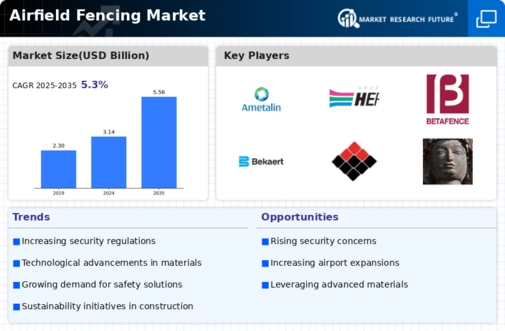
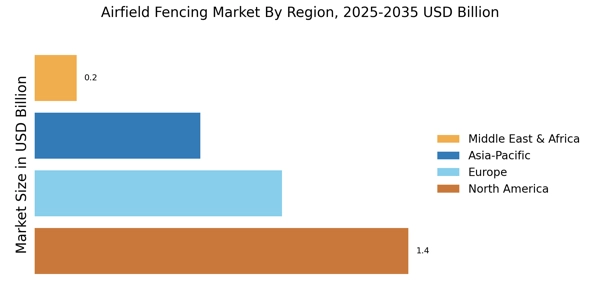
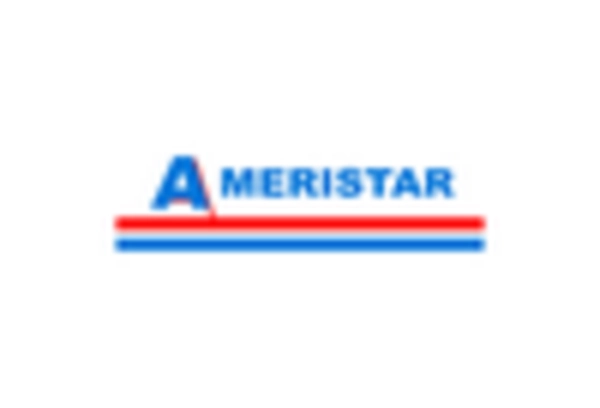

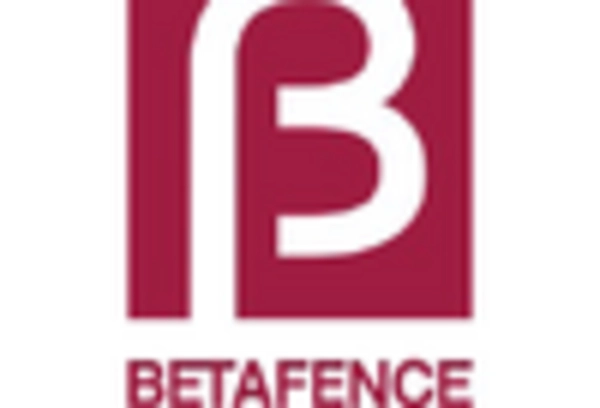


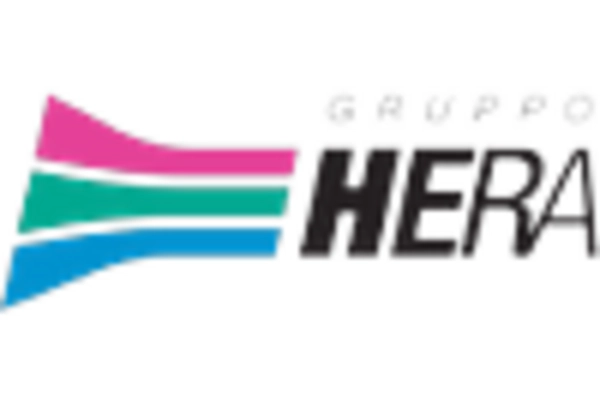








Leave a Comment